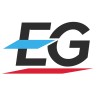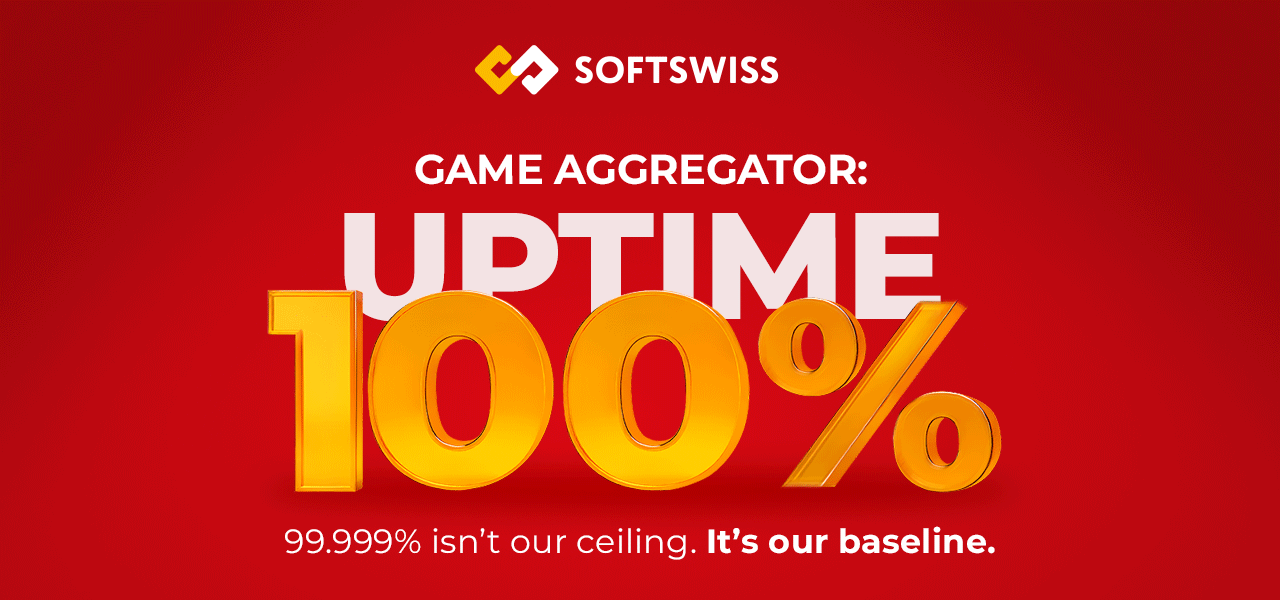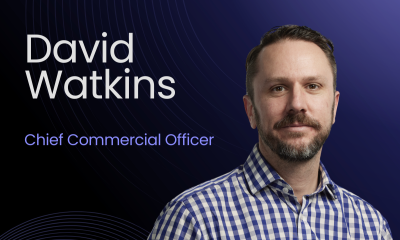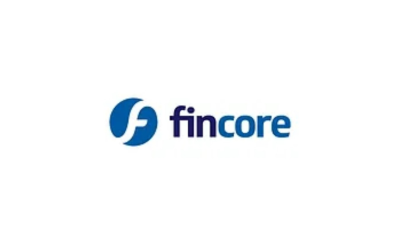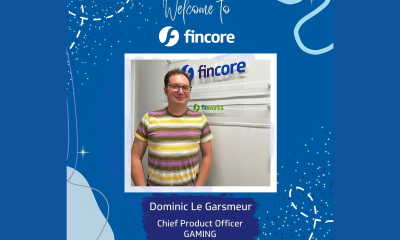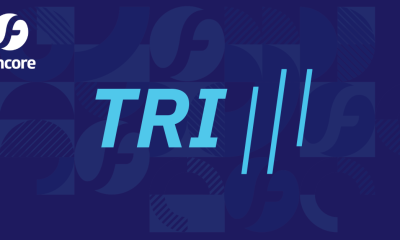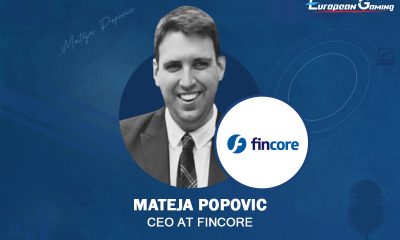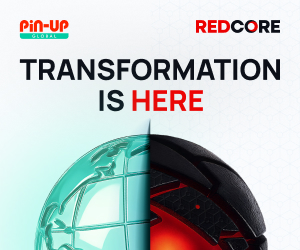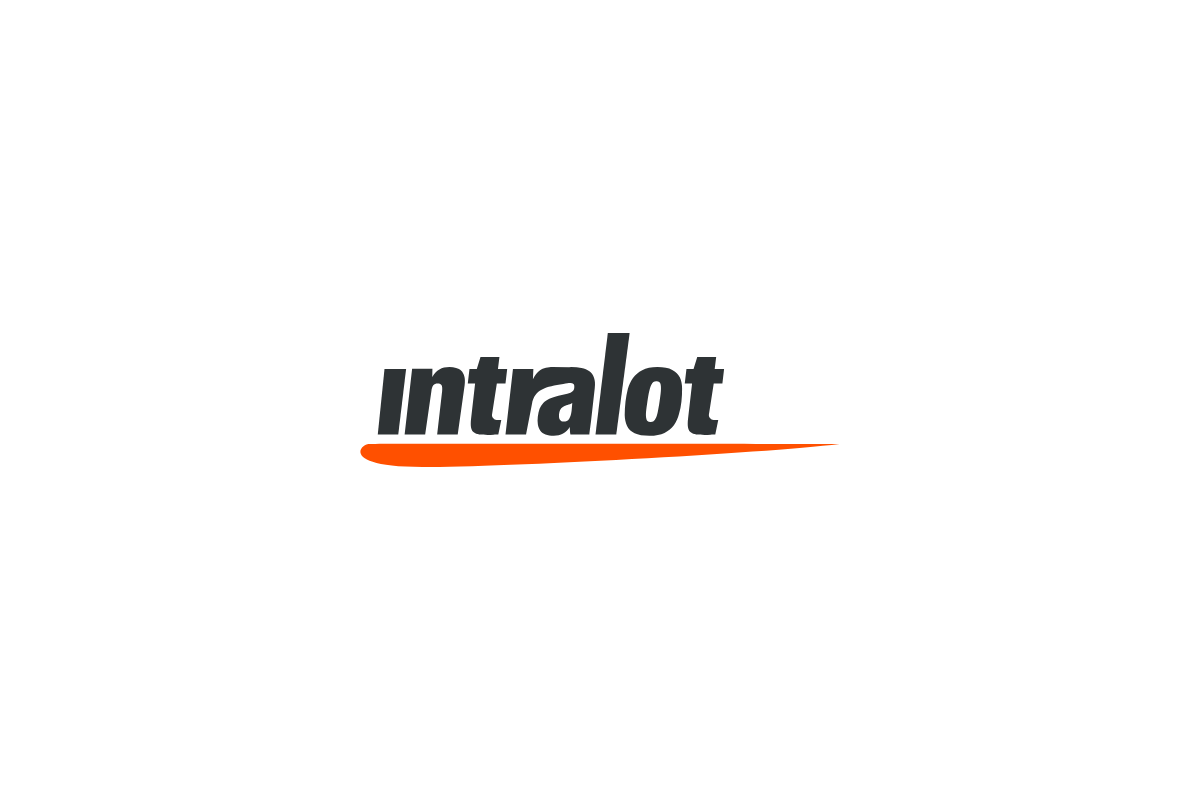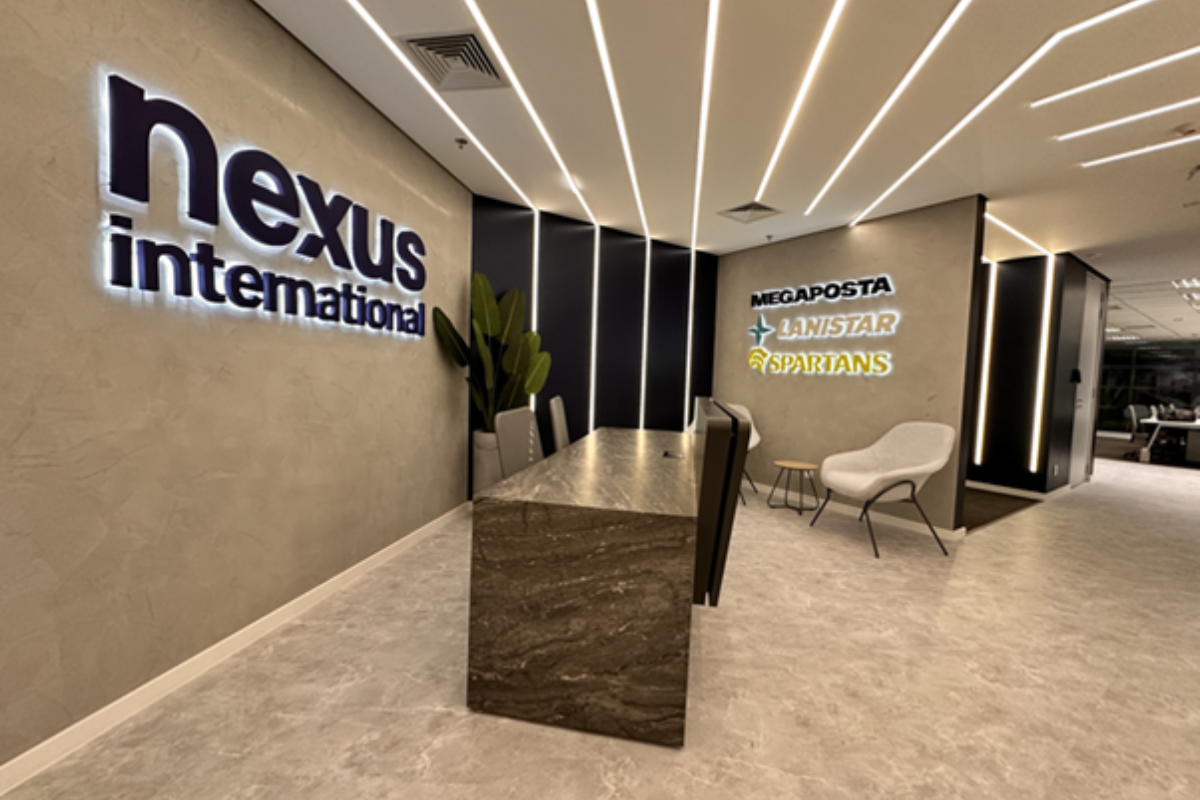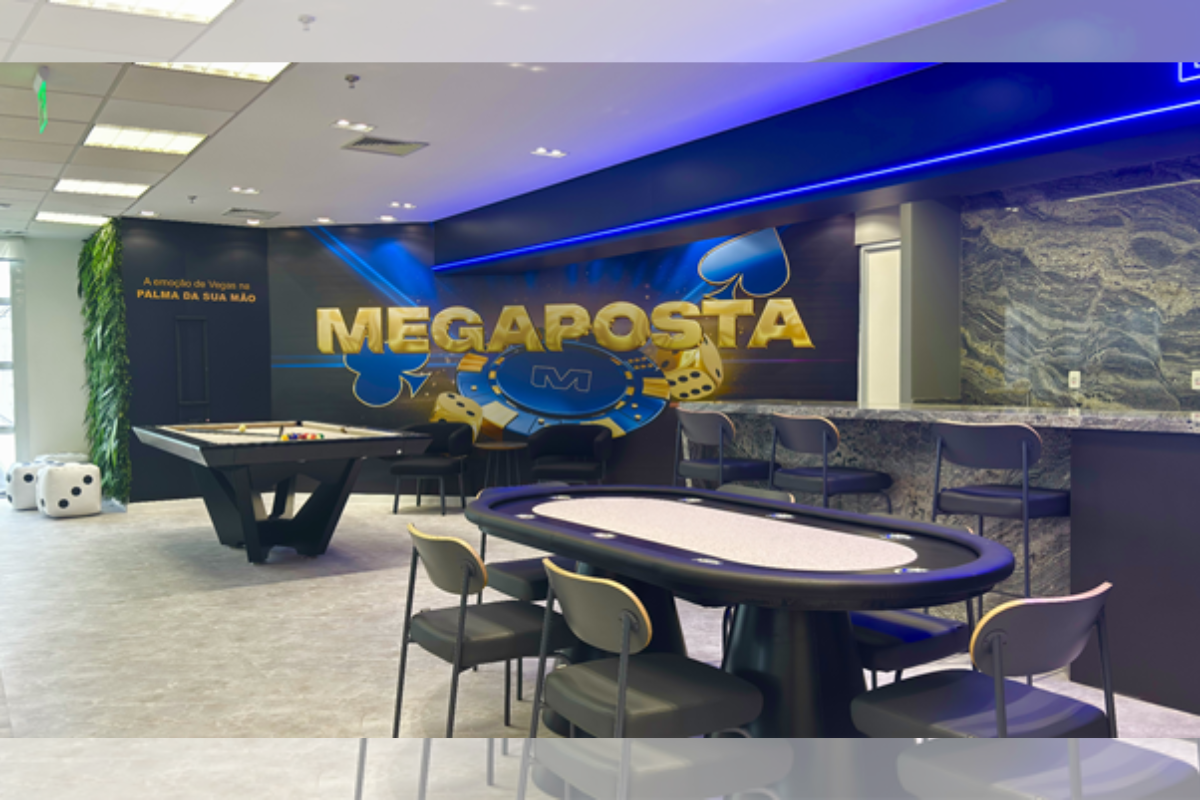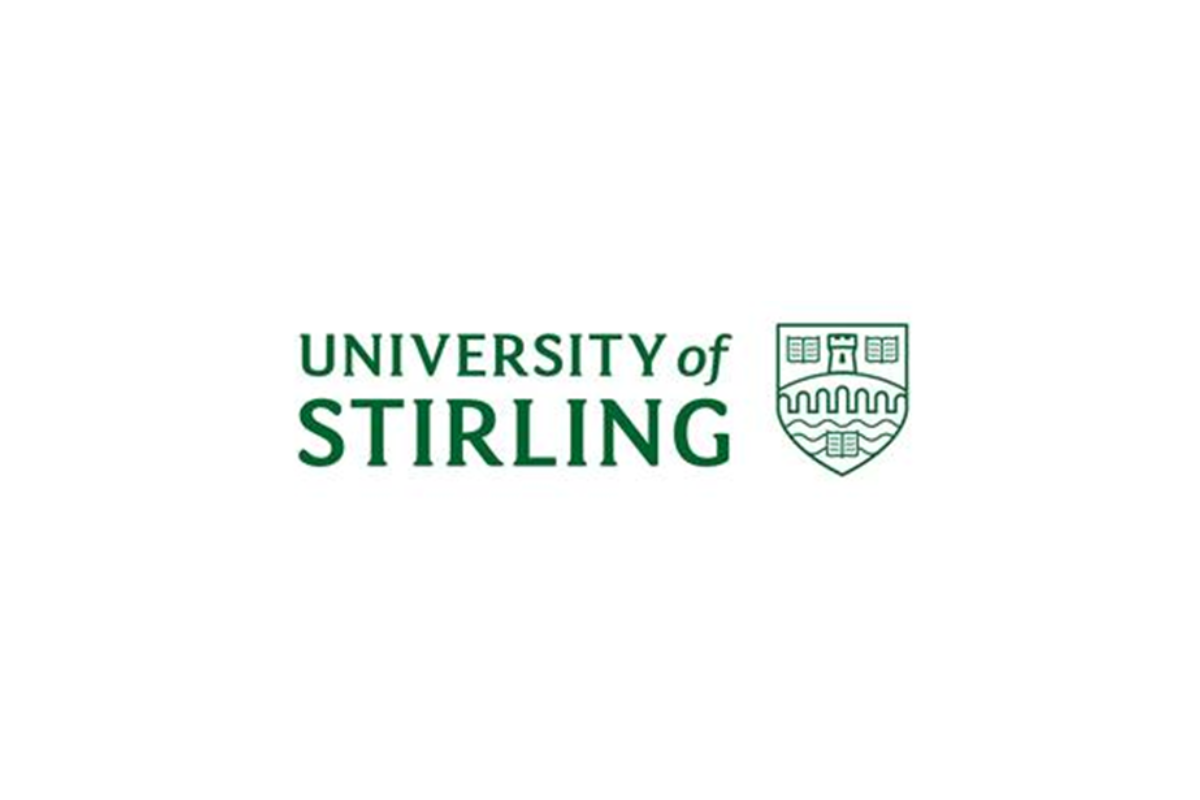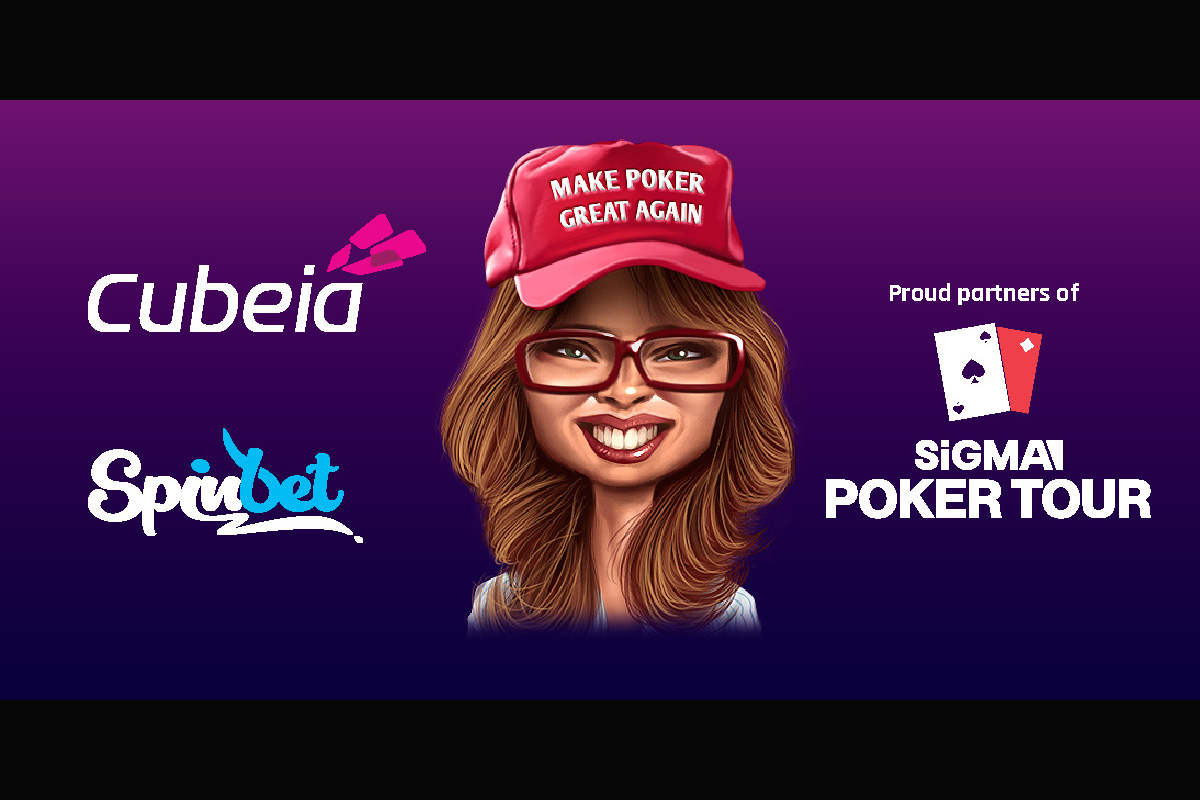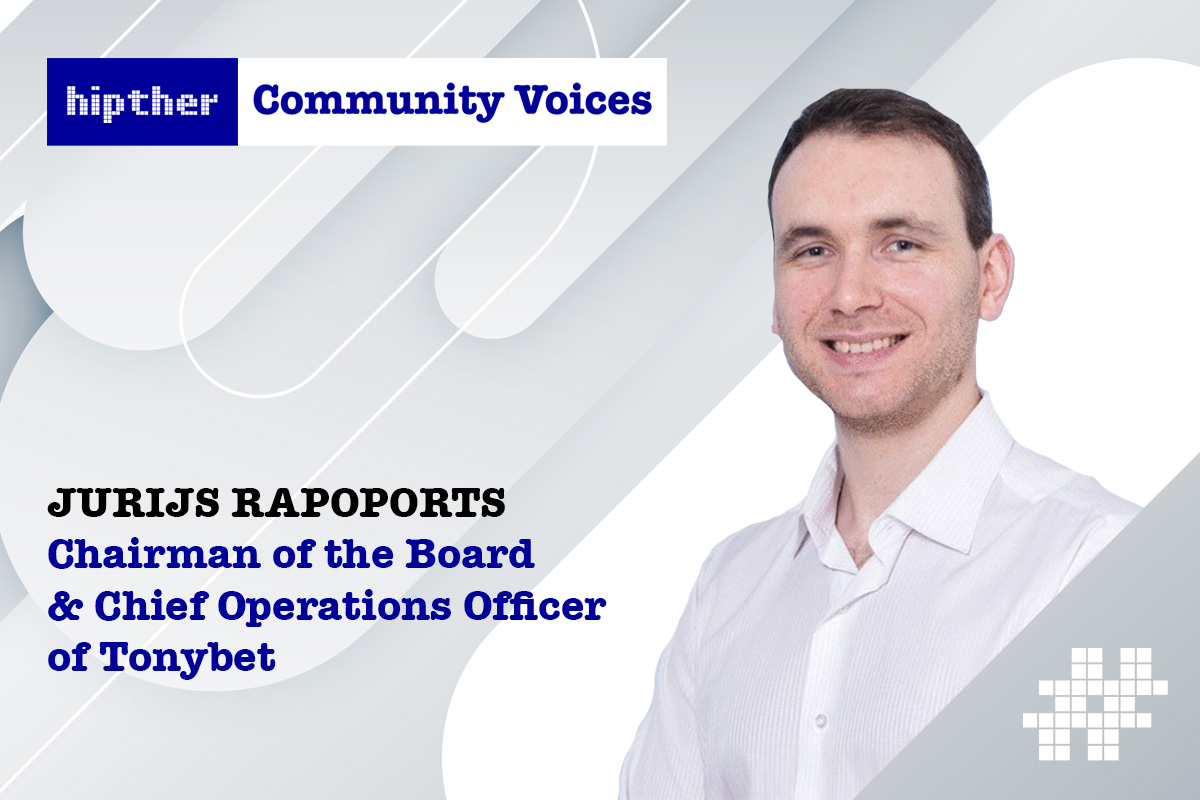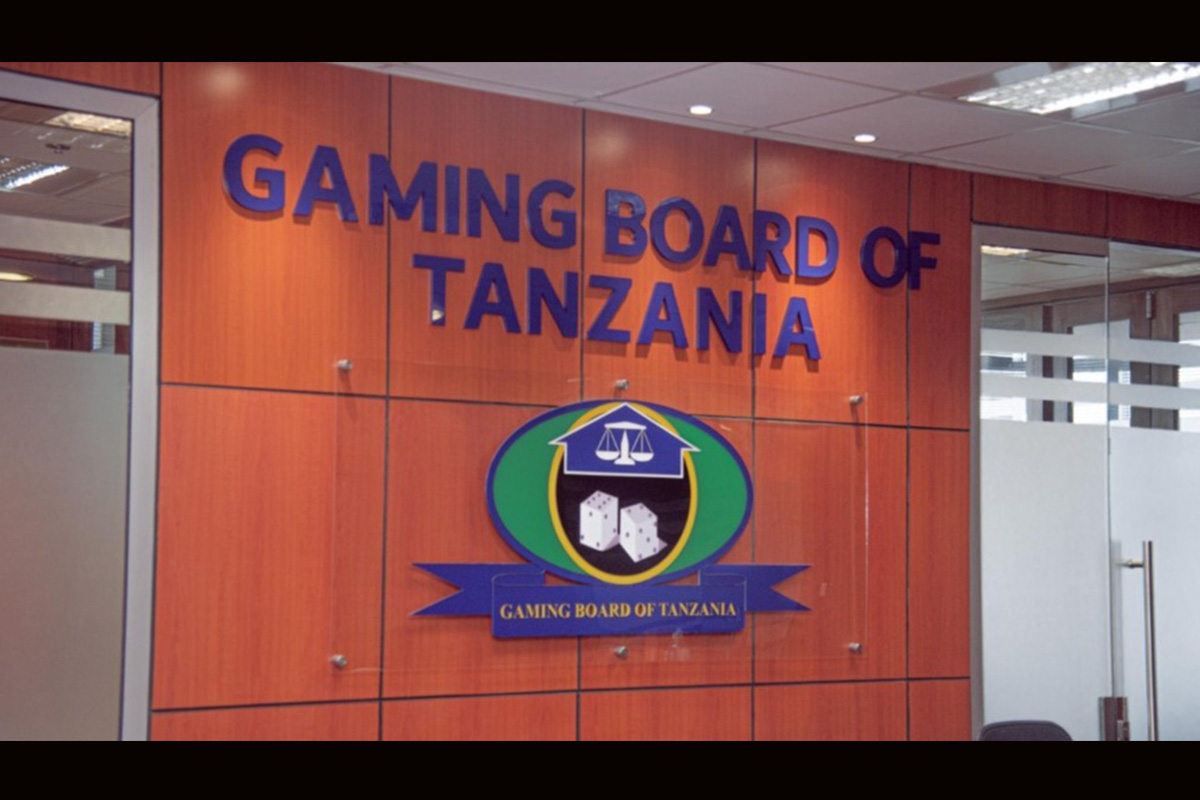Latest News
Own your present and your future
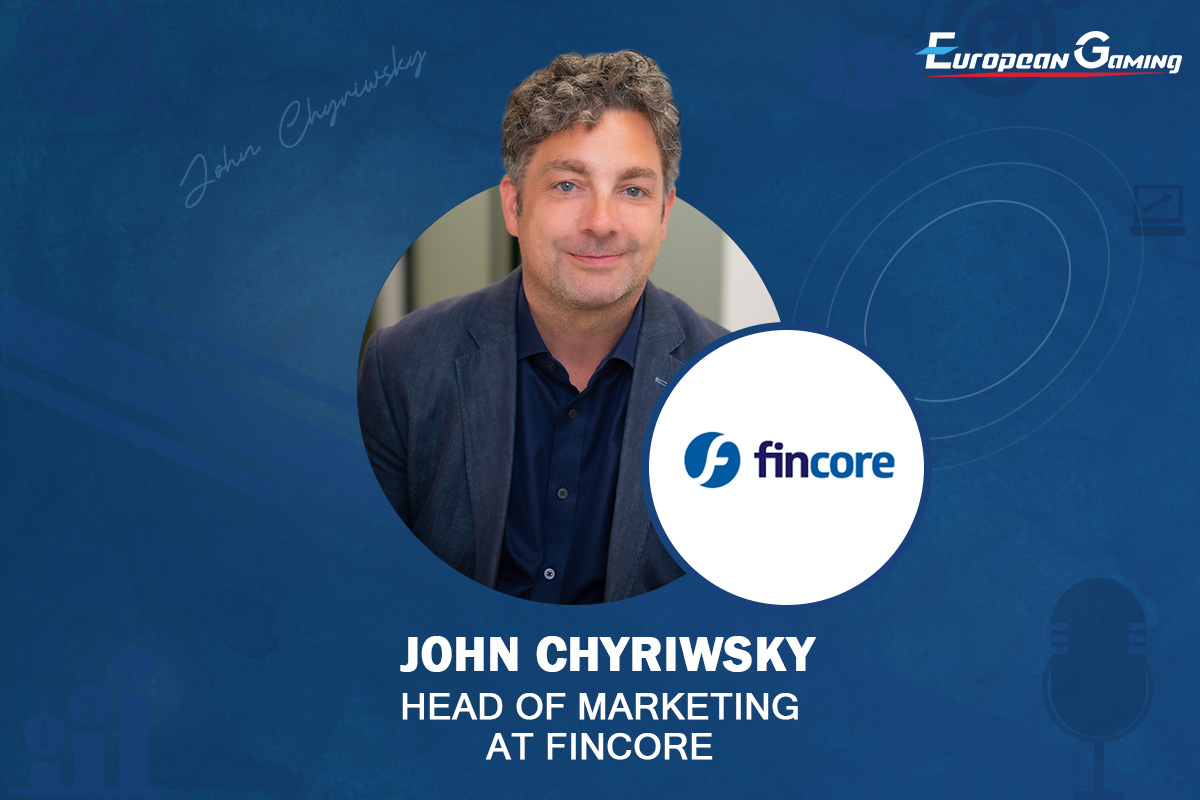
John Chyriwsky, Head of Marketing at Fincore, says a staged approach to platform ownership can free operators from the trappings of white-label solutions.
Online sportsbook and casino operators know that owning their own technology stack is the ultimate goal. But that goal can seem like a very long way off when sitting on a white-label solution or assessing your options when launching a new brand.
For many years, operators have been presented with an either/or situation. They either white-label a platform or build one in-house from the ground up. Both have their upsides, and both have their downsides. But when ownership is the best choice, why do so many white-label?
This is mostly due to the perceived cost and process of building a tech stack from the ground up. These are often seen as multi-million-euro projects that can take years to go from initial concept to go live and even then, the tech can be riddled with bugs and errors.
But the other option, to tread water on a white-label platform, can be just as damaging. These solutions offer little to no control, differentiation or the scope to scale at a pace determined by the operator, especially when it comes to new market launches.
New businesses also need to consider the extent to which they become handcuffed to the white-label platform, making a migration away from it at a later date a complex and costly exercise – despite what they say now, providers don’t make it easy when you say it’s time for you to leave.
So, what’s the solution?
Operators ideally need to identify a technology partner that can take them from being on a fully managed solution to the point of full platform ownership. Of course, each operator will want to take its own path, so a range of ownership stages and options are required.
Stage one – Fully managed
This is the stage where the technology provider handles the vast majority of operations, from trading services and content integrations to payments, risk management, KYC, compliance and hosting. This allows the operator to focus their efforts on player acquisition and customer support.
This is a really important part of the journey towards platform ownership as it allows the operator to prioritise branding and player engagement (and retention) while the technology provider does most of the heavy lifting behind the scenes.
Without this degree of support, operators can quickly find themselves being stretched by the demands of running an online casino/sportsbook which significantly increases the risk of dropping the ball and delivering a poor player experience.
Of course, once they have got themselves up to speed and feel ready to take on more of the operational aspects in-house, they can move on to the next stage.
Stage two – Services handover
This is the first real step towards platform ownership, with the operator able to take ownership of some or all of the platform services when required. This could start with just payments, or a selection of services including data feeds, trading and risk management.
It doesn’t need to be a total handover, either. If the operator would prefer to slowly transition services with the support of the technology provider, then that should be the approach taken.
Of course, the operator may wish to add additional services at this stage, too, and take on their management. For example, they might have been sportsbook only and now want to roll out an online casino, too.
But if they don’t feel comfortable or experienced enough to manage the casino in-house, then they can have that managed by the platform provider until they want to transition that over. This is what I mean about operators being able to take their own path to ownership.
Stage three – Managed platform
The next stage towards ownership is purchasing the source code from the platform provider but even at this point, support is still available. Fincore, for example, continues to provide platform features and upgrades for as long as the operator (or supplier) desires.
In the analogy of teaching a child to ride a bicycle, this is where the stabilisers come off, but you still run alongside them just in case.
At this point, the operator can really control the direction they take when it comes to product development and the experience they provide to their players. They can roll-out unique features, integrate payment providers and craft compelling customer retention schemes independently.
They also add huge value to the business as, at this point, they essentially own their technology and can be considered to run on a proprietary platform.
Stage four – Fully owned
The final stage is, of course, full ownership of the platform and services. This is where the provider hands over the keys and watches the operator drive off into the sunset. Of course, the operator can still add functionality and services from the provider if they wish.
The journey to platform ownership can seem overwhelming but by taking a stages approach with the support of the right technology provider, operators can take their own path and at their own pace to ensure each milestone is reached when they are ready.
Ultimately, it’s about de-risking your technology by owning your present and your future.
-
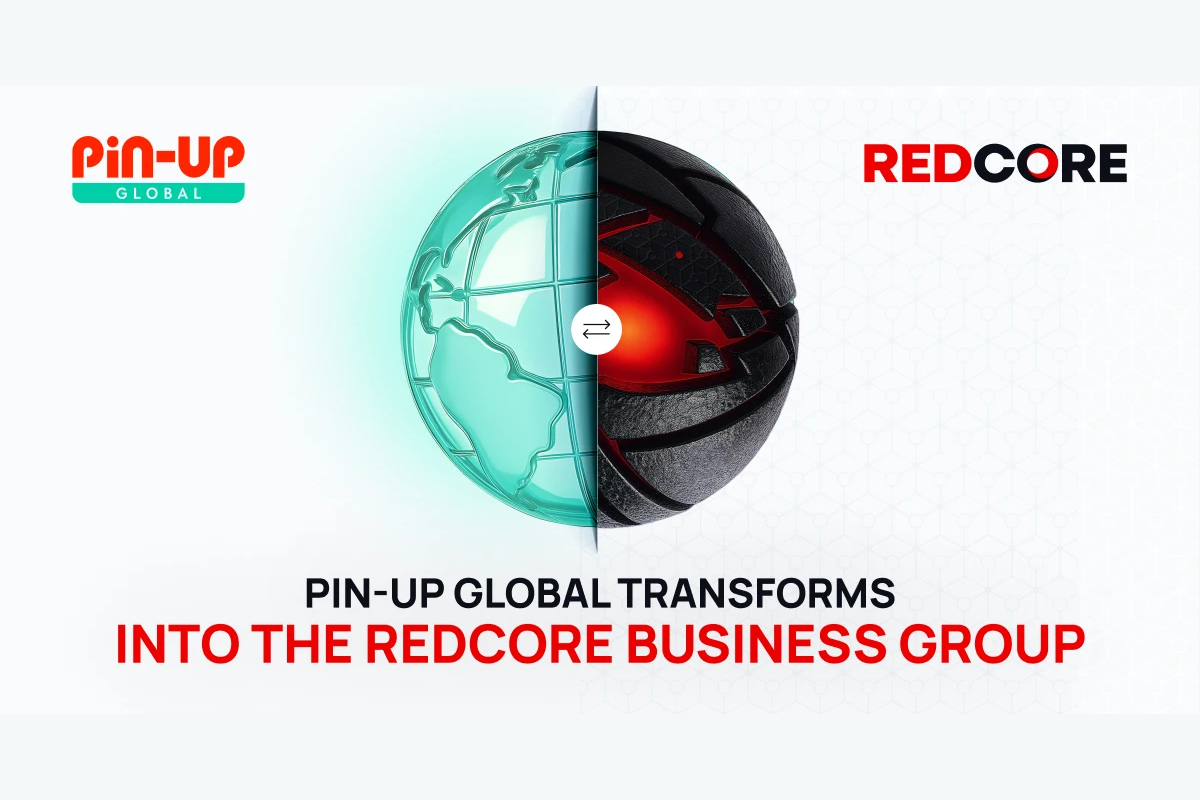
 Latest News3 days ago
Latest News3 days agoPIN-UP Global Transforms into the RedCore Business Group
-
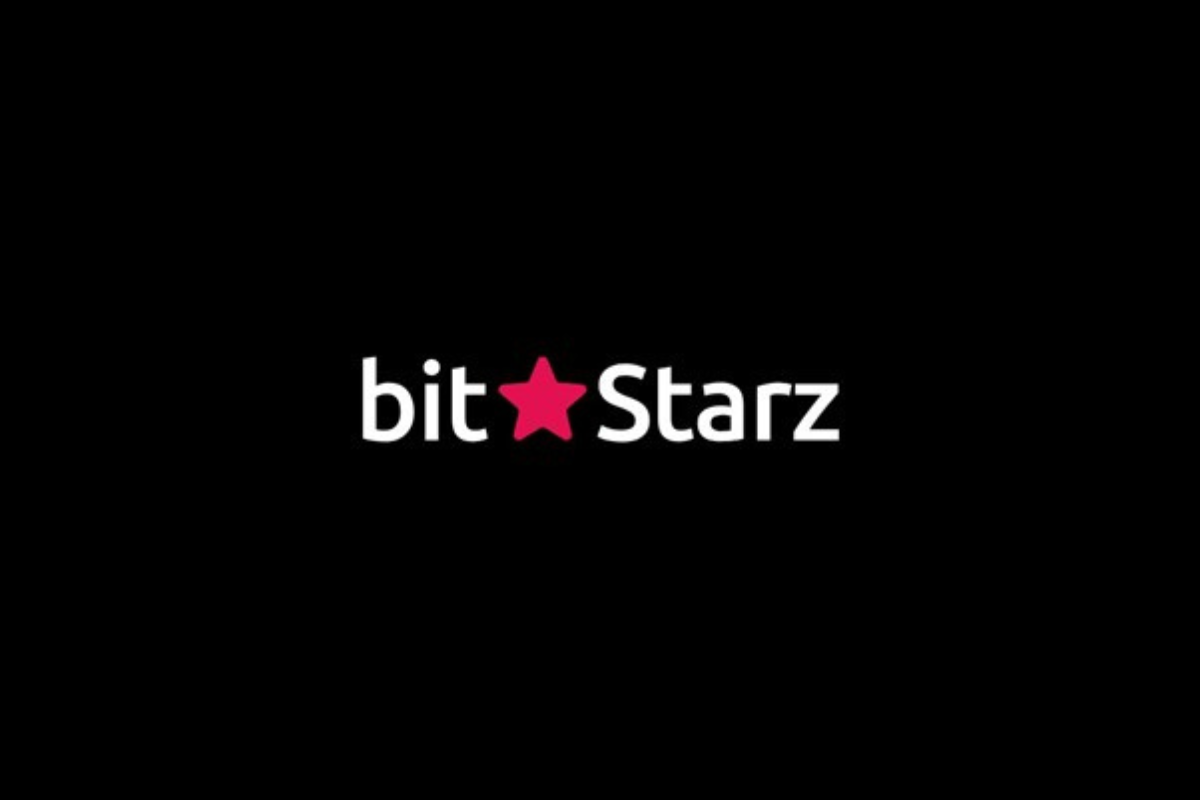
 Latest News6 days ago
Latest News6 days agoBitStarz Casino Review 2025: The Leading Crypto & Bitcoin Casino With Instant Withdrawal, Fast Payout & Latest Bonuses!
-
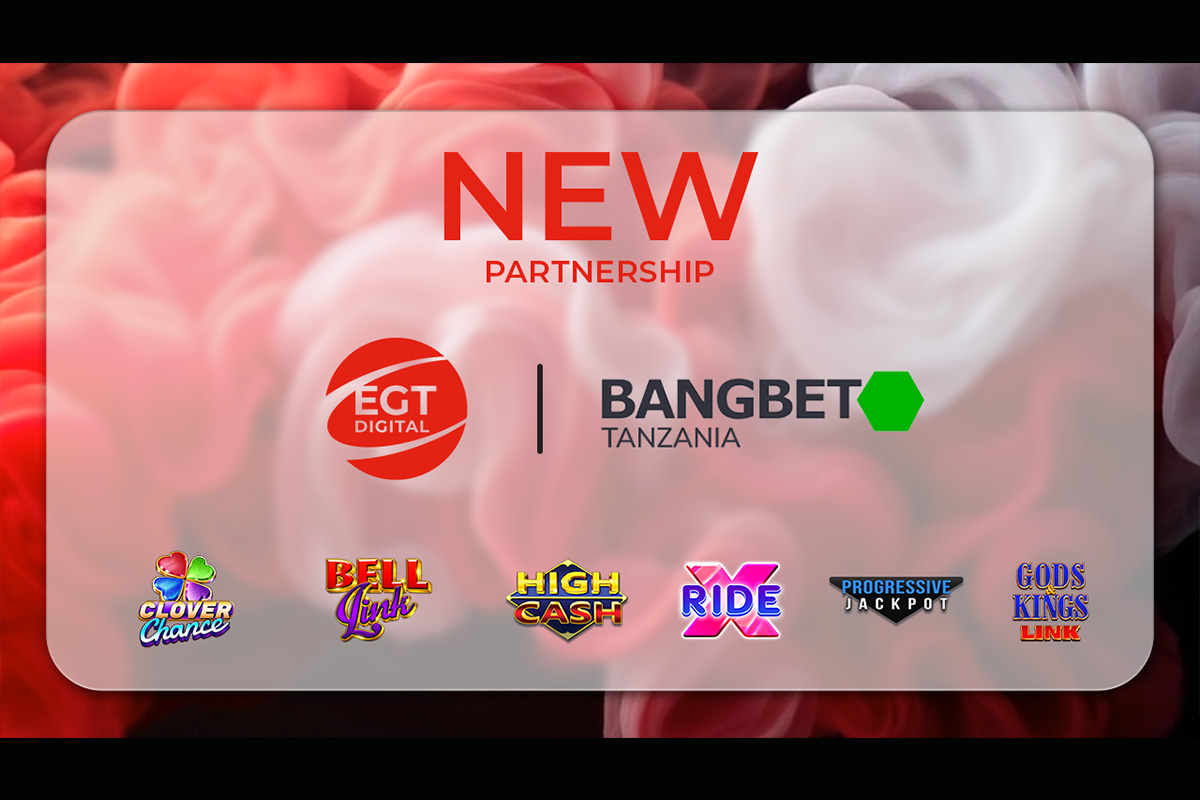
 Latest News6 days ago
Latest News6 days agoEGT Digital’s games are available to Bangbet’s customers in Tanzania
-

 eSports6 days ago
eSports6 days agoNODWIN Gaming and JioStar unveiling BGMS Season 4 with OnePlus as Title Partner and Android as Co-Title Partner
-
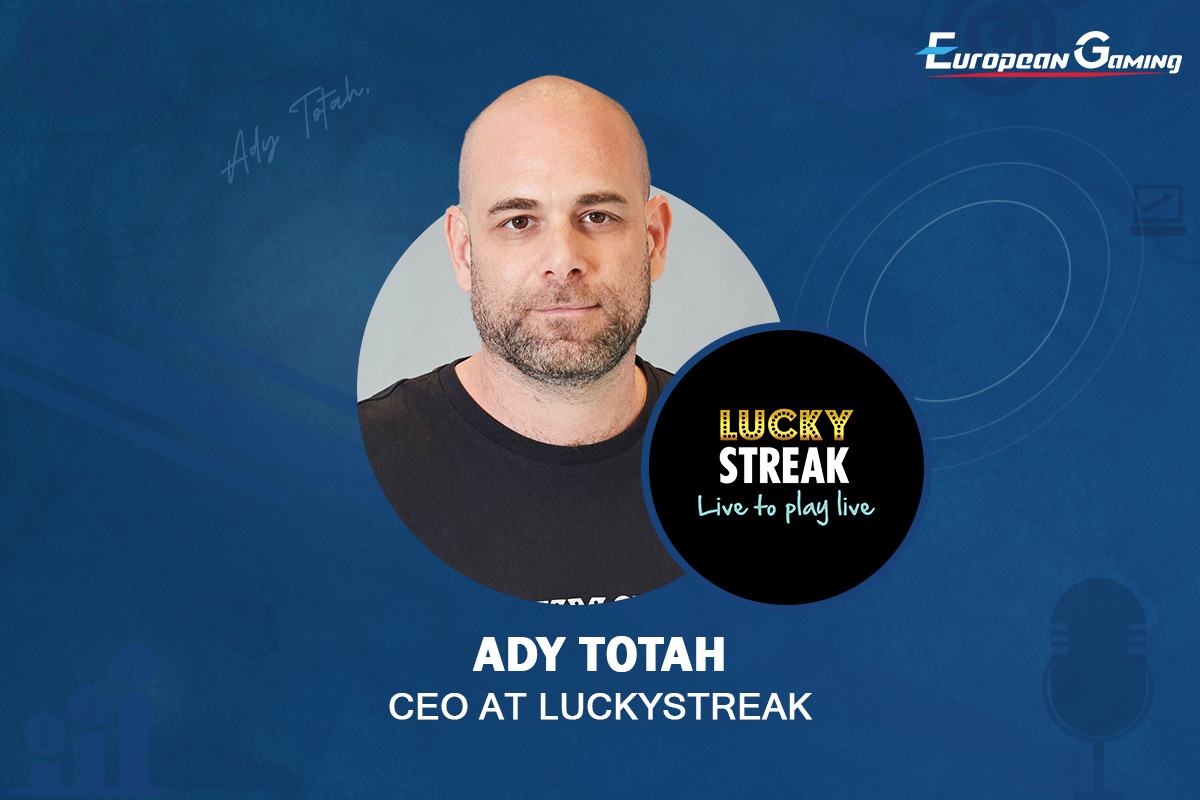
 Interviews6 days ago
Interviews6 days agoScale isn’t everything: Why agility is the new advantage in live casino
-

 Latest News6 days ago
Latest News6 days agoBC.GAME Strengthens African Strategy with Dual Regulatory Approval in Kenya
-
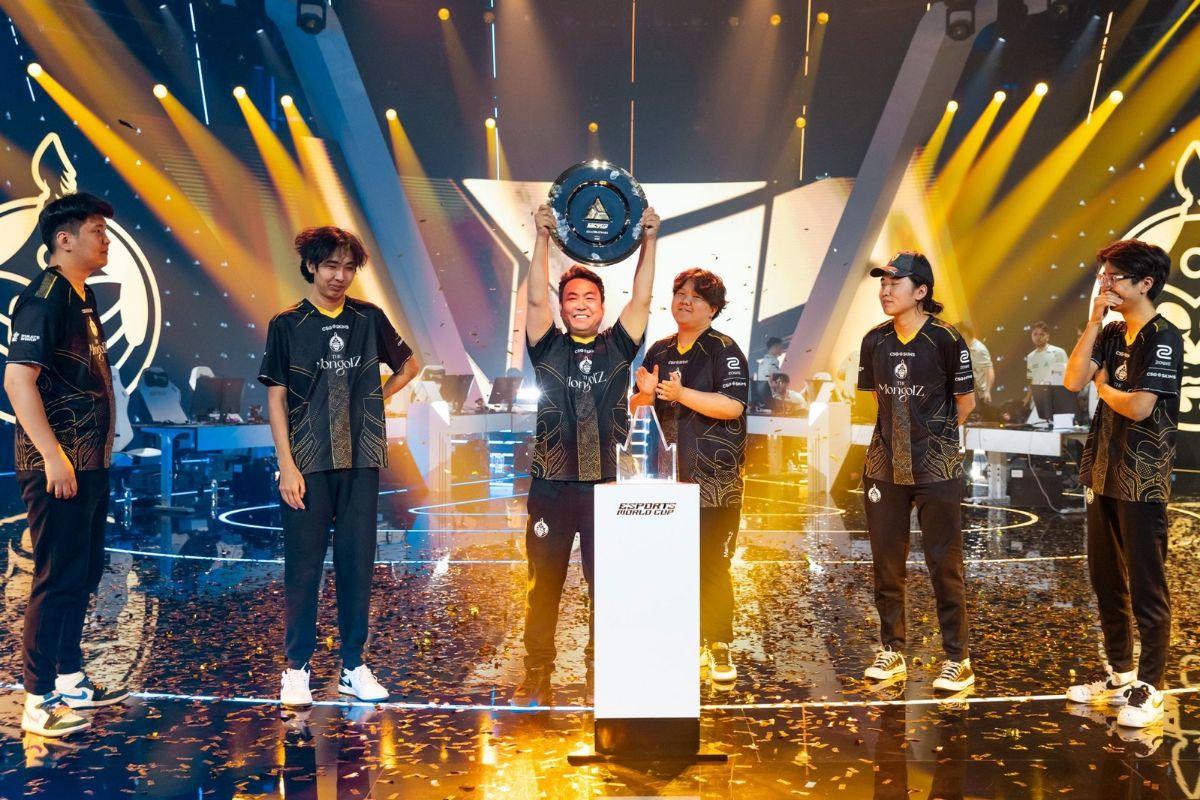
 eSports6 days ago
eSports6 days agoThe MongolZ Lift the Counter-Strike 2 at Esports World Cup Trophy, as Hero Run Ends in Title Triumph
-

 Asia5 days ago
Asia5 days agoED Arrests Karnataka MLA Veerendra “Puppy” in Illegal Betting Case
